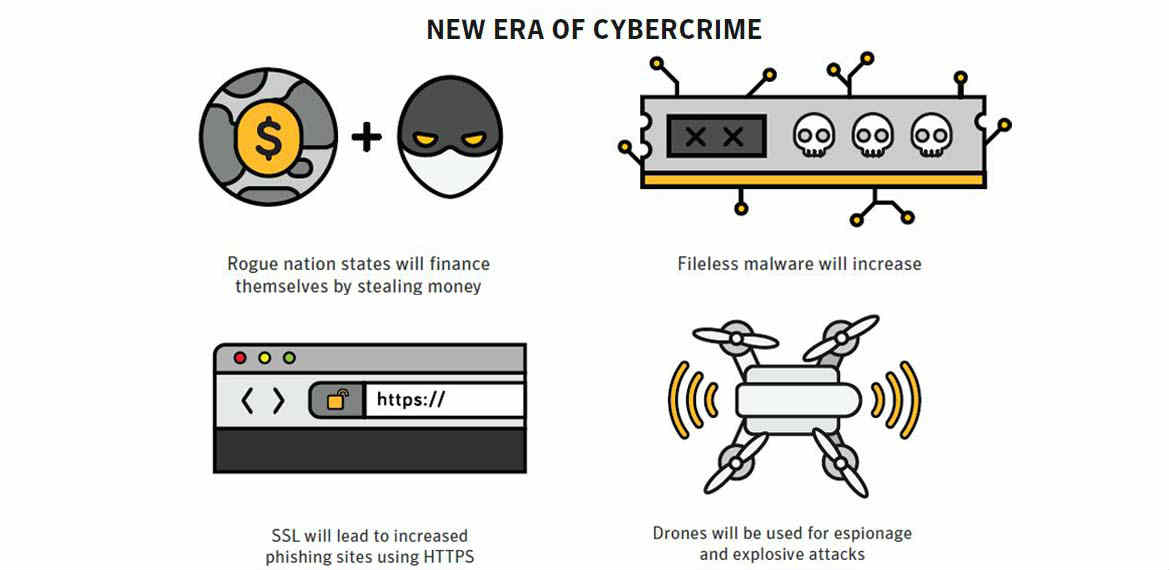• IoT devices in the enterprise will increase points of exposure. Beyond looking simply at computers and mobile devices for vulnerabilities, incident response teams will need to consider thermostats and other connected devices as jumping points into the network. Similar to how printer servers were used for attacks several years ago, nearly everything in an enterprise is now connected to the internet and will need to be protected.
• Increased IoT DdoS attacks. The Dyn attack in October demonstrated the vast number of IoT devices that don’t have security on them and are tremendously vulnerable to attacks. As more IoT devices are installed in the mass market, the risk of security breach will increase. Once insecure devices are in the market, it becomes almost impossible to fix the issue without recalling them or issuing security updates. Given that this lack of security will continue for the foreseeable future, the number of IoT attacks will only increase as well.
Hacks in the cloud
• Ransomware will attack the cloud. Given the significant shift towards cloud-based storage and services, the cloud is becoming a very lucrative target for attacks. The cloud is not always automatically protected by firewalls or more traditional security measures, so there will be a shift in where enterprises need to defend their data. Cloud attacks could result in multi-million dollar damages and loss of critical data, so the need to defend it will become even more crucial.
• Machine Learning will require sophisticated Big Data capabilities. In 2017, machine learning and AI will only continue to grow – Forrester predicts investment in Artificial Intelligence will grow 300 percent next year alone. With this growth comes new, powerful insights for businesses to tap, and an increased collaboration between humans and machines. From a security standpoint, this expansion will impact organizations in more ways than one – including endpoints and mechanisms in the cloud. As new forms of machine learning and AI continue to enter the market, enterprises will need to invest in solutions that have the capabilities to collect and analyze data from the countless endpoints and attack sensors across different organizations, industries and geographies. These solutions will prove to be instrumental in teaching machines how to operate on the front lines of a global battle that changes every day, minute by minute.









